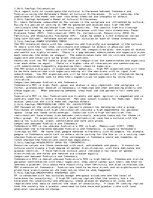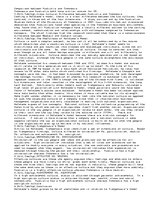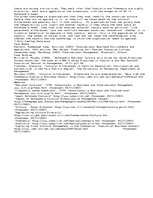-
Use Specific and Real Examples of Differences Between Countries to Evaluate the Usefulness and Limitations of a Model of Cultural Differences
Szint:
Középiskola
Irodalom:
–
Referenciák:
Nincs használatban
Küldés e-mailben
Az Ön neve:
Adja meg az e-mail-címet, amelyen meg szeretné kapni a linket:
Üdv!
{Your name} szerint érdemes lehet megtekinteni ezt a dokumentumot az eKönyvtárban „Use Specific and Real Examples of Differences Between Countries to Evaluate the Usefulness and Limitations of a Model of Cultural Differences”.
A dokumentumra mutató link:
https://www.ekonyvtar.eu/w/303830
A dokumentumra mutató link:
https://www.ekonyvtar.eu/w/303830
E-mail elküldve



